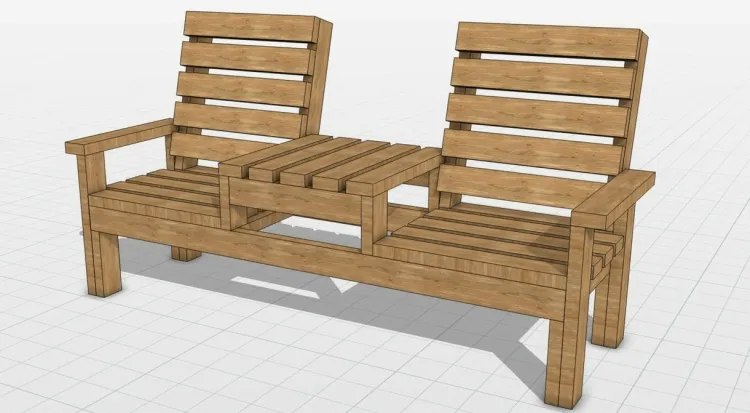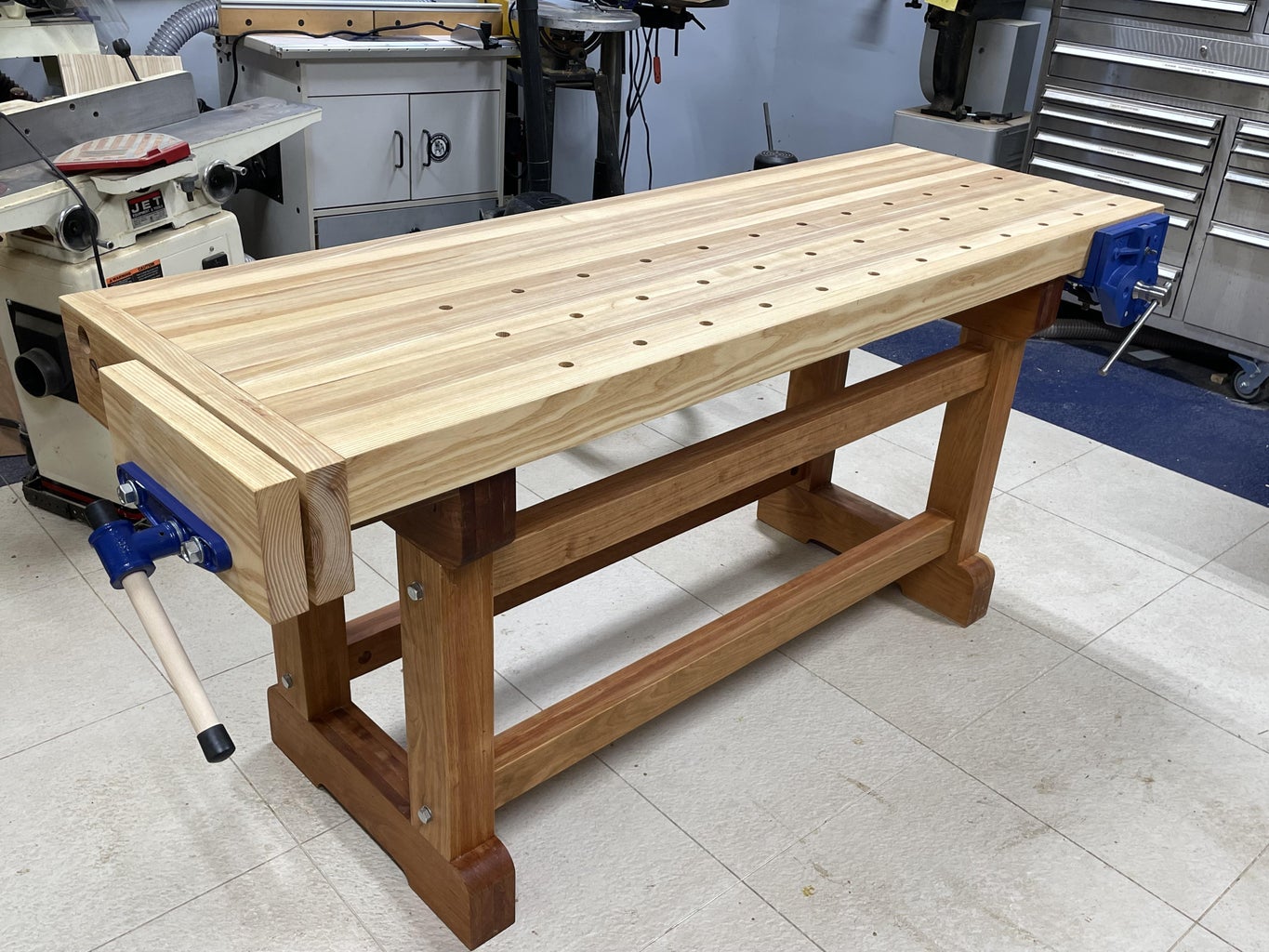Making Benches: Types and Construction Methods...!!!
Benches come in various types and designs, each serving different purposes and adding functionality and beauty to spaces. The construction of benches involves careful planning, precise cutting, and skilled assembly to create a durable and attractive piece of furniture.

Benches are versatile pieces of furniture found in various settings such as parks, gardens, patios, and indoors. They serve both functional and aesthetic purposes by providing seating and enhancing the ambiance of a space. Different types of benches exist, each with its unique design and construction methods.
Types of Benches
-
Garden Benches:
-
Description: Typically placed in outdoor spaces like gardens, patios, and parks, garden benches are designed to withstand weather conditions and provide comfortable seating.
-
Materials: Commonly made from wood, metal, or a combination of both. Popular choices include teak, cedar, and wrought iron.
-
Uses: Ideal for relaxing, enjoying the outdoors, and adding aesthetic appeal to gardens and patios.
-
-
Park Benches:
-
Description: Designed for public spaces like parks, playgrounds, and walking trails, park benches are built to be durable and resistant to vandalism.
-
Materials: Usually made from heavy-duty materials like metal, concrete, or recycled plastic.
-
Uses: Provide seating for visitors, encouraging them to rest and enjoy the surroundings.
-
-
Indoor Benches:
-
Description: Used inside homes, offices, and public buildings, indoor benches come in various styles, from rustic to modern.
-
Materials: Typically made from wood, upholstered fabric, or leather.
-
Uses: Commonly used in entryways, living rooms, dining rooms, and hallways for seating and decorative purposes.
-
-
Storage Benches:
-
Description: Multifunctional furniture pieces that combine seating with storage space, storage benches often have a hinged seat that opens to reveal storage compartments.
-
Materials: Made from wood, metal, or upholstered materials.
-
Uses: Ideal for entryways, bedrooms, and mudrooms, providing both seating and storage solutions.
-
-
Picnic Benches:
-
Description: Designed for outdoor dining and gatherings, picnic benches often come with attached tables.
-
Materials: Commonly made from wood, metal, or recycled plastic.
-
Uses: Perfect for picnics, barbecues, and outdoor meals in parks and backyards.
-
-
Backless Benches:
-
Description: Featuring a simple design without a backrest, backless benches are versatile and can be used in various settings.
-
Materials: Made from wood, metal, or concrete.
-
Uses: Suitable for indoor and outdoor use, often placed along walls, in gardens, and in public spaces.
-

Making Benches: Construction Methods
The construction of benches involves several steps, from selecting materials to assembling the final piece. Here are the general steps for making a wooden garden bench:
-
Design and Planning:
-
Step 1: Decide on the design and dimensions of the bench. Create a detailed plan or blueprint, including measurements and material requirements.
-
Step 2: Choose the type of wood and other materials needed for the project. Common wood choices include cedar, teak, and pine.
-
-
Cutting the Wood:
-
Step 1: Measure and mark the wood according to the design plan. Ensure all pieces are accurately measured for a proper fit.
-
Step 2: Use a saw to cut the wood into the required pieces, including the legs, seat, backrest, and support beams.
-
-
Sanding and Smoothing:
-
Step 1: Sand all the wooden pieces to smooth out rough edges and surfaces. This will ensure a polished and comfortable finish.
-
Step 2: Wipe off any dust and debris from the sanding process.
-
-
Assembling the Bench:
-
Step 1: Begin by assembling the frame of the bench. Attach the legs to the seat support beams using screws or bolts.
-
Step 2: Attach the seat slats to the frame, ensuring they are evenly spaced and securely fastened.
-
Step 3: If the bench has a backrest, attach it to the seat frame and secure it with screws or bolts.
-
-
Finishing:
-
Step 1: Apply a wood finish or sealant to protect the bench from weather elements and enhance its appearance. Options include paint, stain, and varnish.
-
Step 2: Allow the finish to dry completely before using the bench.
-
-
Quality Check:
-
Step 1: Inspect the bench for any loose screws, uneven surfaces, or structural issues. Make any necessary adjustments or repairs.
-
Step 2: Test the bench for stability and comfort.
-
Benches come in various types and designs, each serving different purposes and adding functionality and beauty to spaces. The construction of benches involves careful planning, precise cutting, and skilled assembly to create a durable and attractive piece of furniture. Whether for a garden, park, or indoor space, benches provide a practical seating solution and enhance the overall ambiance of their surroundings. Understanding the types of benches and their construction methods can help you choose or create the perfect bench for your needs.
What's Your Reaction?

















